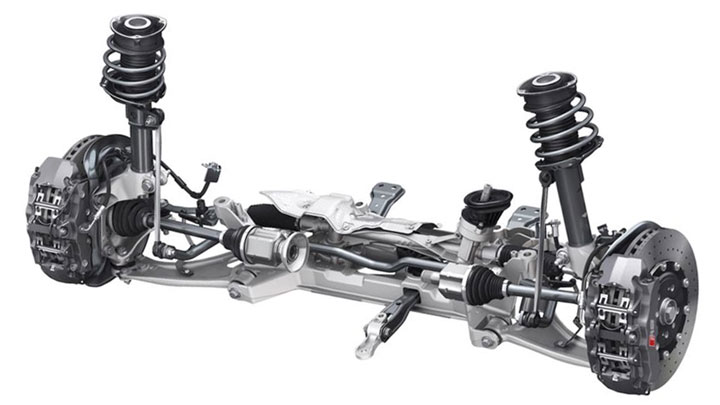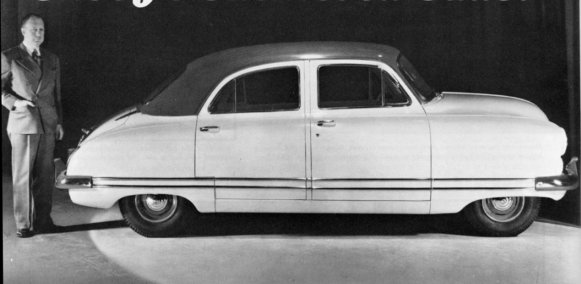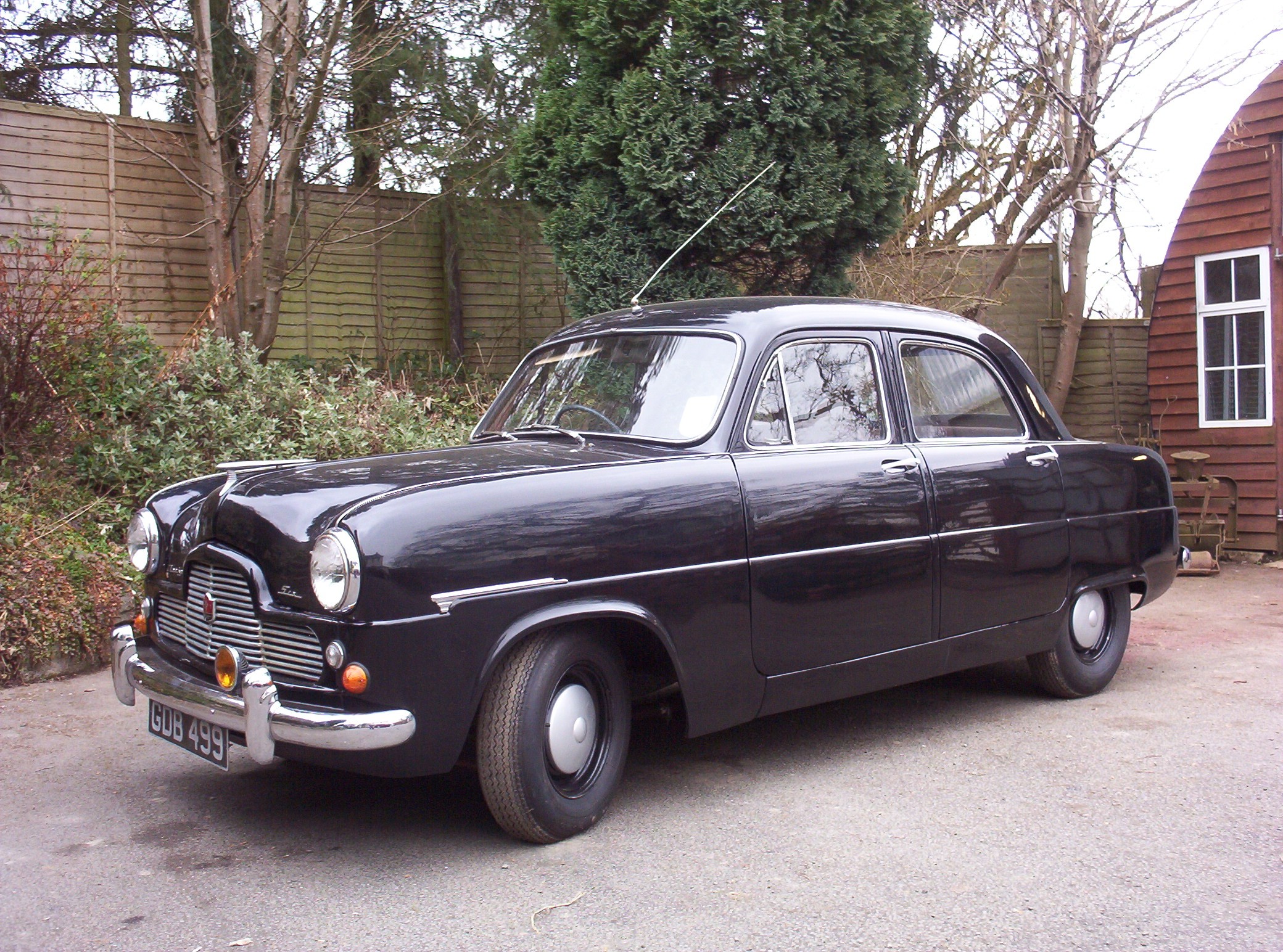6 Facts About the MacPherson Strut You Can Impress Your Friends With
Just about anyone who has even a passing knowledge of car mechanics has heard the term MacPherson struts. And anyone who is a mechanic absolutely knows what they are. If you need a clear description (and many do), a MacPherson strut is an essential component of your vehicle’s suspension system: to front-wheel-drive vehicles, at the heart of independent suspension and on just about every car on the road.
Still, if you ask your buddies what they know about MacPherson struts or what the backstory is about them, they won’t know. Here’s your chance to get the lowdown on some of the history and be the garage know-it-all.
- “MacPherson struts” is not a brand.

MacPherson struts is not and never was a brand product, in the way that Monroe shock absorbers, for instance, is a brand name. (Bonus fact: The Monroe “Shock Eliminator” was introduced in the 1920s by the Monroe Auto Equipment Company, headquartered in Monroe, Michigan. Today, Monroe is not only a leader in manufacturing shock absorbers—they’re also a leader in manufacturing struts.)
At present, struts are installed in just about every passenger vehicle and truck there is. If a vehicle doesn’t have a separate coil spring and shock absorber setup, it has struts. Even if they’re not called MacPherson struts anymore, they’re still essentially MacPherson struts.
- MacPherson struts were named after Earle S. MacPherson.

The MacPherson strut was named after the engineer who came up with a new concept for an automobile suspension system. The creator was Earle S. MacPherson, born two centuries back in 1891; he passed away in 1960. MacPherson attended the University of Illinois and graduated with a degree in engineering in 1915, then served in both WWI and WWII. In his career as an automotive engineer, he worked for a number of manufacturers, including Chalmers Motors, Harley-Davidson, Hupp Motor Car Company, Pierce-Arrow, and Studebaker. He went to General Motors in 1934, joined the Chevrolet Division the next year and later became chief engineer for passenger car and truck design.
- The word “strut” simply means “brace.”
The word strut comes up in aeronautics, engineering and even anatomy. Your clavicle is a strut between your sternum (breastbone) and scapula (shoulder bone). The MacPherson strut is a brace on a vehicle’s chassis because, as part of the suspension system, it attaches to the vehicle body at the top as well as the wheel and lower suspension components. Of course, while all braces give support and hold things firm, a MacPherson strut also includes several elements to absorb energy and smooth out a ride, while also being a part of the suspension design.
- Many people think MacPherson struts came out in the 1970s.
If you look at website articles, you’ll see sentences like these: “MacPherson struts were first used on import cars in the 1970s and have grown to be used widespread in most cars and trucks,” and “…struts were created in the 1970s when automakers transitioned from large, rear-wheeled drive vehicles to more fuel-efficient front-wheel-drive vehicles.”
In all fairness, it’s likely that with such a huge shift in American car-manufacturing suspension technology at the time, for car enthusiasts around the U.S. the term “MacPherson struts” suddenly became the equivalent of a household term, even if no one knew precisely what it meant or that MacPherson struts had been around for years.
- The MacPherson strut had its beginnings in 1945.

In early 1945, anticipating post-war car production, GM created a “light car” division and made MacPherson the chief engineer. The goal of the division was to create a lighter and less expensive compact Chevrolet for new-car buyers, with a $1,000 price tag. The name of this concept car was the Cadet, and while it was smaller on the outside, it had decent interior size…and it was about a half-ton lighter than one of Chevy’s full-size cars of the era. It was all designed and built new, from the ground up. It had many features that were ahead of its time, including MacPherson’s own completely new design for the Chevrolet suspension—the beginning of the MacPherson strut. Unfortunately, despite making two prototypes, Chevy abandoned the project in 1947, perhaps because of higher-than-anticipated production costs. Fortunately, the MacPherson strut, which reportedly delivered “impressive handling,” lived on.
- The MacPherson strut was patented in 1949…at Ford


MacPherson left General Motors for Ford and in 1949 applied for a patent for what we all know as the MacPherson strut. He soon adapted his strut design to Ford’s European, English and French subsidiaries. The first production car to feature the MacPherson strut with front independent suspension was the (English) Ford Consul. That car and Ford’s Zephyr were at the 1950 London Motor Show, both featuring MacPherson struts.
While this article doesn’t drill down into the details of suspension components, suspension theory and the suspension design specifically related to the MacPherson strut, suffice it to say that the MacPherson strut has changed the traditional suspension system from its time to this very day.
Here’s a quick and easy guide to inspecting a MacPherson strut, and a quick recap of what it does.
The MacPherson strut solution gave birth to independent suspension, lighter-weight vehicles and lower material costs and production costs.
Is it any wonder they’ve survived all these years?
